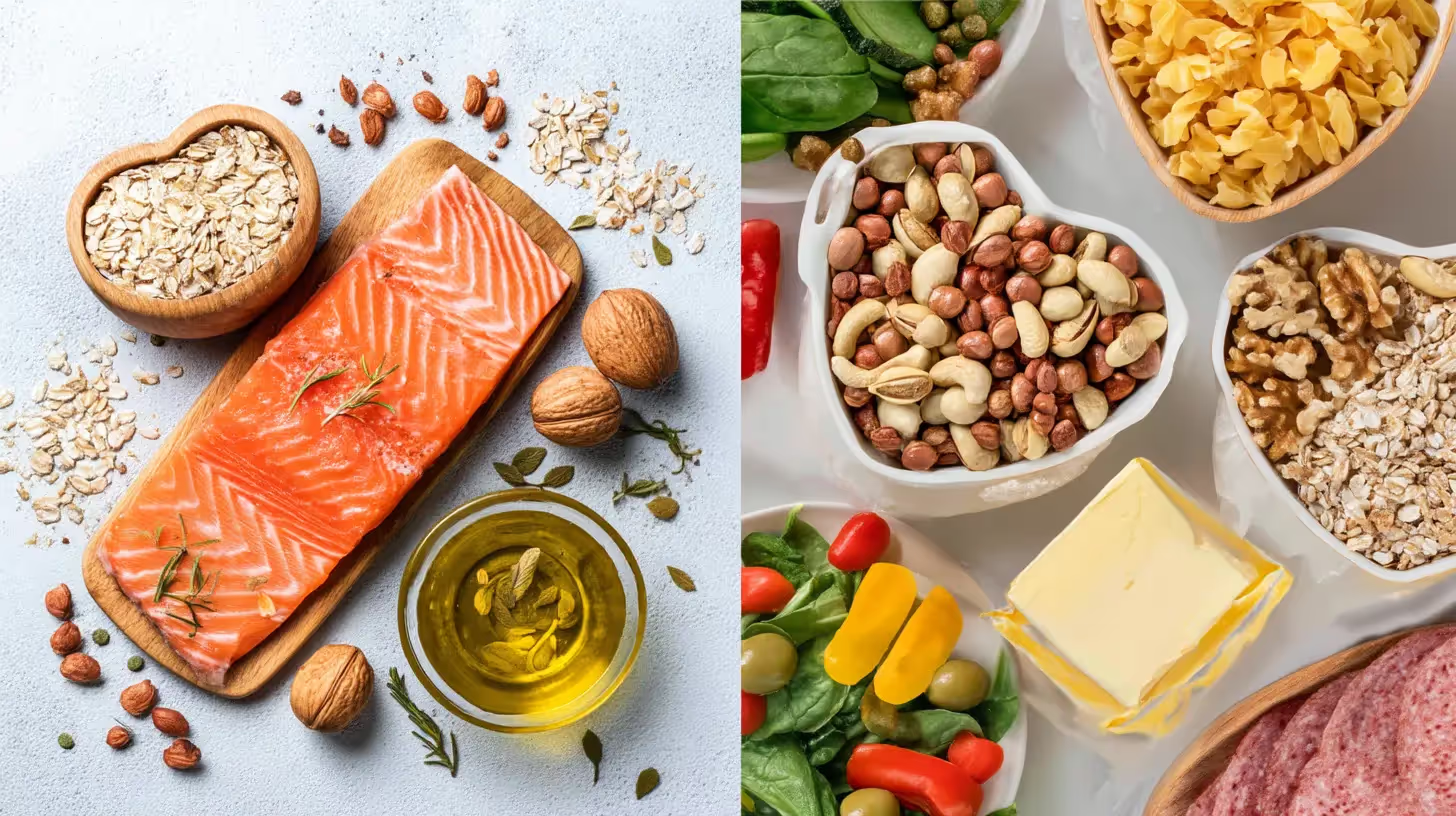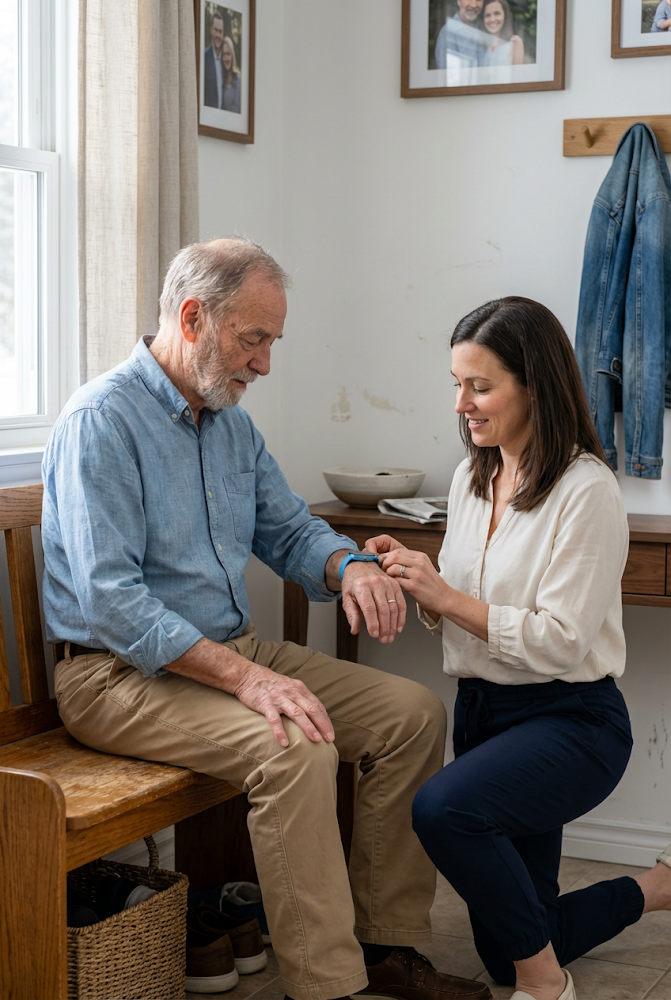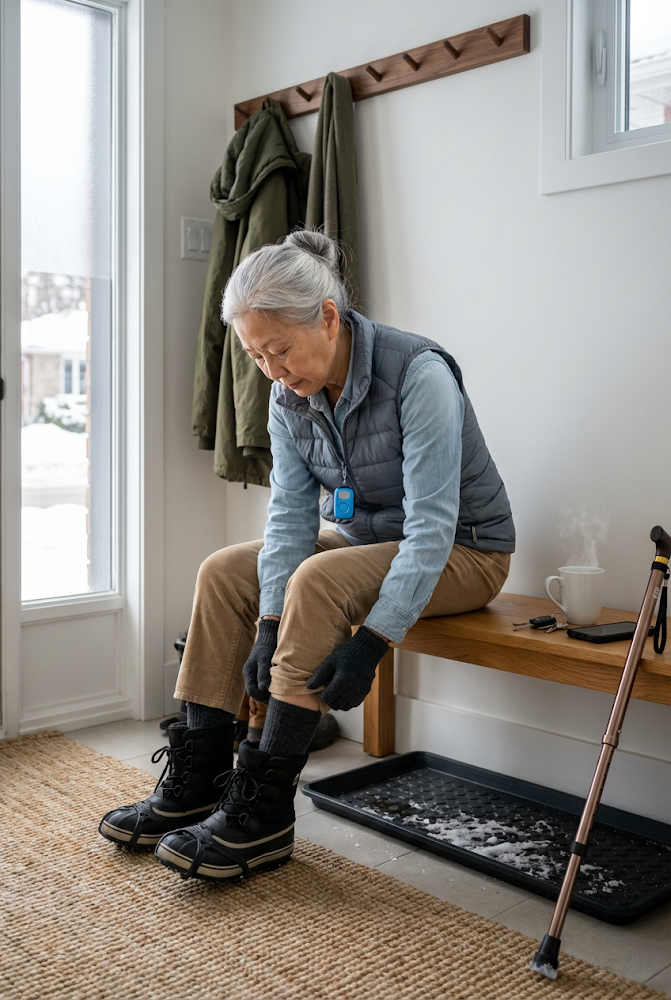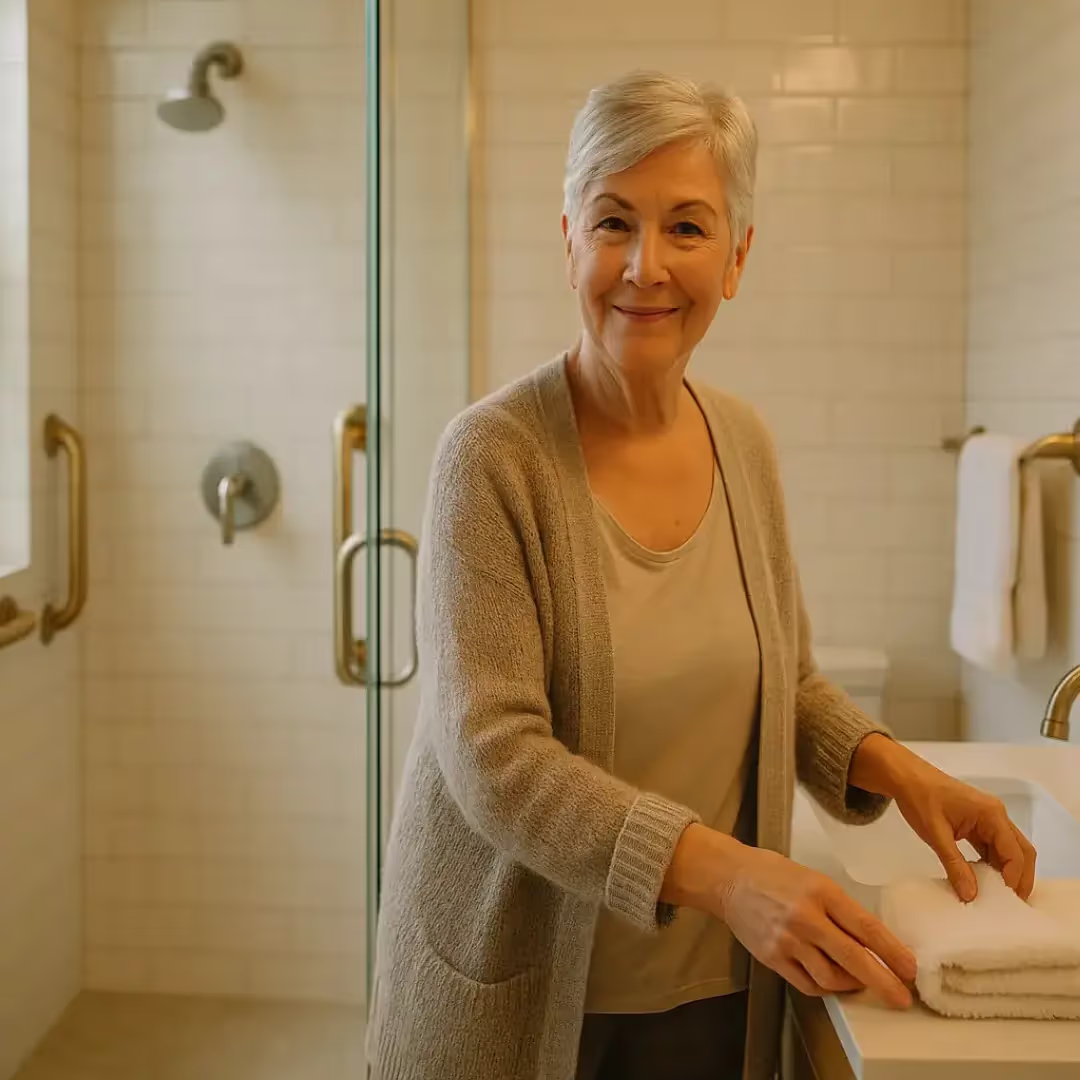
Share
If you're over 50 and worried about high cholesterol, you're not alone. Nearly 40% of adults in this age group have cholesterol levels that put them at risk of coronary heart disease. The good news? You can lower your blood cholesterol level with simple changes that actually work.
This guide cuts through the myths and shows you proven ways to improve your heart health. You'll learn what foods to eat, how much physical activity you need, and get easy templates to track your progress.
Understanding Your Cholesterol Numbers
Your blood cholesterol level includes several important numbers:
LDL ("bad cholesterol"): This carries cholesterol to your arteries where it builds up. High LDL increases your risk of heart attacks and stroke.
HDL ("good cholesterol"): This removes cholesterol from your arteries and takes it to your liver. Higher HDL protects your heart health.
Triglycerides: These blood fats often go up when LDL is high. They add to your risk of coronary heart disease.
Why Age 50+ Matters
After 50, several things make cholesterol management more important:
- Hormones change and affect how your body handles cholesterol
- Metabolism slows down
- Years of poor eating habits catch up with you
- Risk of heart disease and stroke goes up
Common Myths That Hurt Your Progress
Myth 1: All Dietary Cholesterol Is Bad
Truth: Eggs and shrimp don't raise your blood cholesterol much. Saturated and trans fats are the real problem.
Focus on limiting saturated fats found in full-fat dairy products and fatty meats. Avoid trans fats in highly processed foods completely.
Myth 2: You Need Medication Right Away
Truth: Heart healthy eating and exercise can lower cholesterol by 20-30%. Try lifestyle changes first if your doctor agrees.
Myth 3: Low-Fat Diets Work Best
Truth: Good fats actually help your cholesterol levels. Use olive oil and eat nuts instead of cutting all fats.
Myth 4: Exercise Must Be Intense
Truth: Walking 30 minutes a day, five days a week improves your cholesterol numbers. You don't need to run marathons.
Myth 5: Supplements Work as Well as Diet Changes
Truth: Real food works better than pills. Focus on eating right before trying supplements.
Foods That Lower Cholesterol
Eat More of These Foods
High-Fiber Options (aim for 10-25 grams daily):
- Oats and oat bran
- Beans and lentils
- Apples and pears
- Barley and quinoa
Healthy Fats:
- Olive oil and vegetable oil (not palm or coconut oil)
- Salmon, mackerel, and sardines
- Walnuts and almonds
- Avocados
Heart-Protective Foods:
- Fresh vegetables (fill half your plate)
- Berries and citrus fruits
- Green tea
- Dark chocolate (70% cacao, small amounts)
Foods to Limit or Avoid
High in Saturated Fats:
- Full-fat dairy products
- Fatty cuts of red meat
- Butter and lard
- Processed meats like bacon
Trans Fats (avoid completely):
- Partially hydrogenated oils
- Many store-bought cookies and cakes
- Some margarines
- Fried fast foods
Highly Processed Foods:
- Sugary drinks
- White bread and white rice
- Packaged snacks high in salt
- Foods with added sugars
Exercise That Works for Adults Over 50
Physical activity helps raise HDL good cholesterol and lower LDL bad cholesterol. You need:
Cardio Exercise: 150 minutes per week of moderate activity like:
- Brisk walking
- Swimming
- Bike riding
- Dancing
Strength Training: 2-3 times per week using:
- Light weights
- Resistance bands
- Body weight exercises
Daily Movement: Take stairs, park farther away, garden, or do housework.

Quick Reference Tools
Weekly Meal Planning Checklist
Print this list and check off each day:
Monday
- Breakfast: Include oats or high-fiber cereal
- Lunch: Add beans to salad or soup
- Dinner: Eat fish or plant protein
- Snack: Choose nuts or fruit
Tuesday
- Breakfast: Add ground flaxseed
- Lunch: Use whole grain bread
- Dinner: Fill half plate with vegetables
- Snack: Try apple with almond butter
Wednesday
- Breakfast: Include berries
- Lunch: Use olive oil on salad
- Dinner: Try a meatless meal
- Snack: Eat raw vegetables with hummus
Continue this pattern for the rest of the week
Heart-Healthy Shopping List
Pantry Staples:
- Steel-cut oats
- Brown rice and quinoa
- Canned beans (low sodium)
- Olive oil
- Nuts: almonds, walnuts
- Canned salmon or sardines
Fresh Foods:
- Leafy greens
- Colorful vegetables
- Fresh fruits
- Avocados
- Fresh fish
- Low-fat milk and yogurt

Your 30-Day Action Plan
Target Numbers:
- Total: Under 200
- LDL: Under 100
- HDL: Over 50 (women), Over 40 (men)
- Triglycerides: Under 150
Week 1: Start Simple
- Replace white bread with whole grain
- Add oats to breakfast
- Walk 20 minutes after dinner
- Write down what you eat
Week 2: Add More Good Foods
- Eat fish twice this week
- Use olive oil instead of butter
- Walk 25 minutes daily
- Try one new healthy recipe
Week 3: Build the Habit
- Add strength exercises twice
- Fill half your plate with vegetables
- Walk 30 minutes daily
- Plan healthy snacks
Week 4: Make It Stick
- Keep up your exercise routine
- Focus on portion sizes
- Schedule a cholesterol test
- Plan what works for next month
Sample Day of Heart Healthy Eating
Breakfast: Oatmeal with chopped walnuts and berries Snack: Apple slices with almond butter Lunch: Large salad with chickpeas, avocado, and olive oil Snack: Small handful of nuts Dinner: Baked salmon with roasted vegetables and brown rice
When to See Your Doctor
Call your doctor if:
- Your cholesterol stays high after 3 months of changes
- You have chest pain or shortness of breath
- You have high blood pressure or diabetes too
- Heart disease runs in your family
- You need help with medications
The Bottom Line
You can lower your cholesterol levels after 50 without extreme diets or hours of exercise. Focus on:
- Eating more fiber-rich foods and healthy fats
- Limiting saturated and trans fats
- Moving your body 30 minutes most days
- Tracking your progress
Small changes add up to big results. Start with one change today and build from there. Your heart will thank you.
Remember: This information doesn't replace medical advice. Always talk to your doctor before making big changes to your diet or exercise routine.
Found this helpful? Share it with friends and family who want to improve their heart health. Together, we can all make choices that lower our risk of heart disease and stroke.
Find the Right Holo Alert System
Tell us a bit about your needs, and we’ll guide you to the best Holo Alert system for peace of mind.















